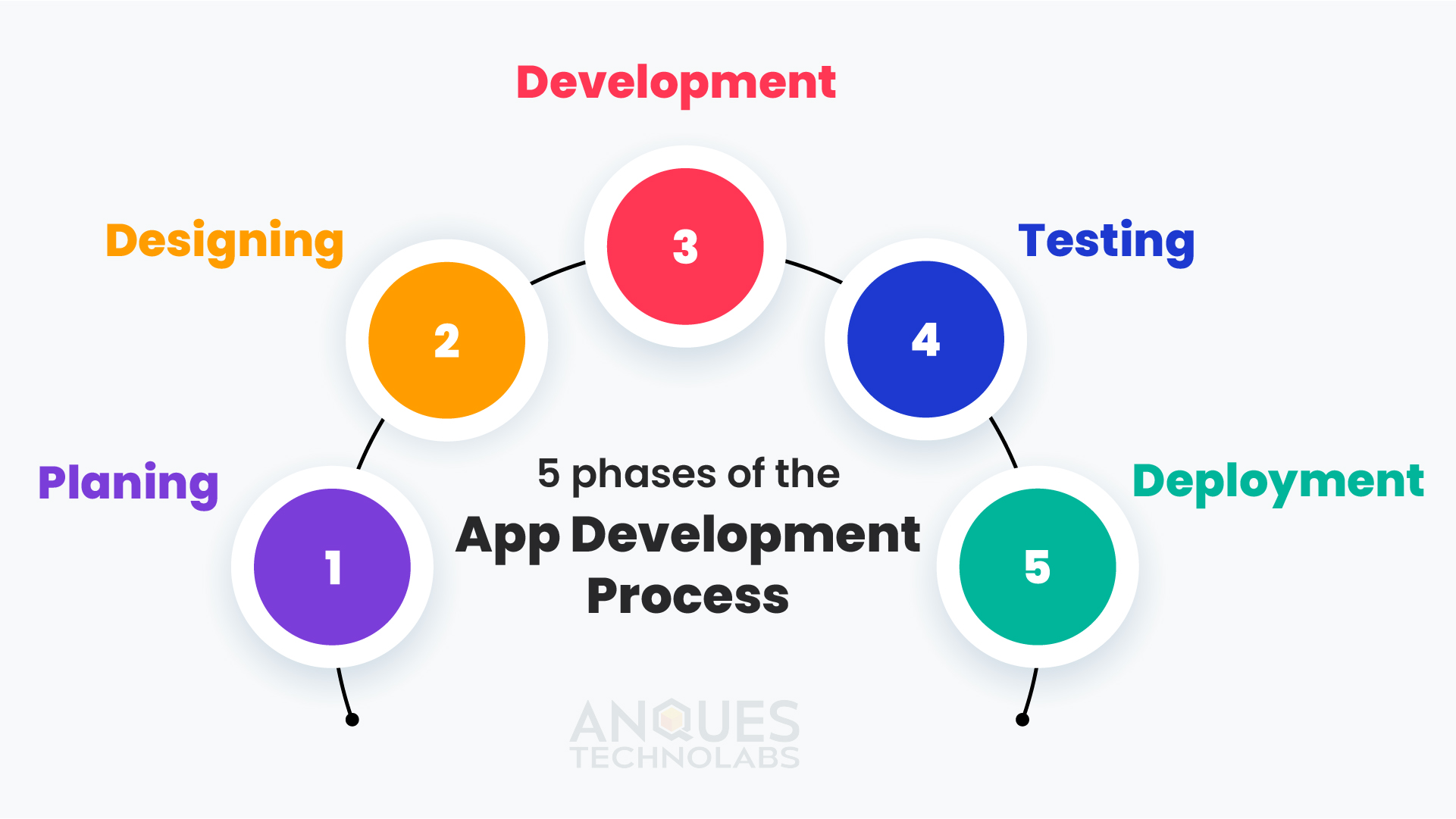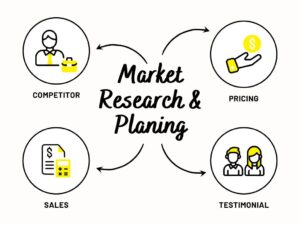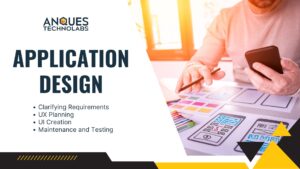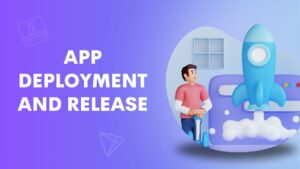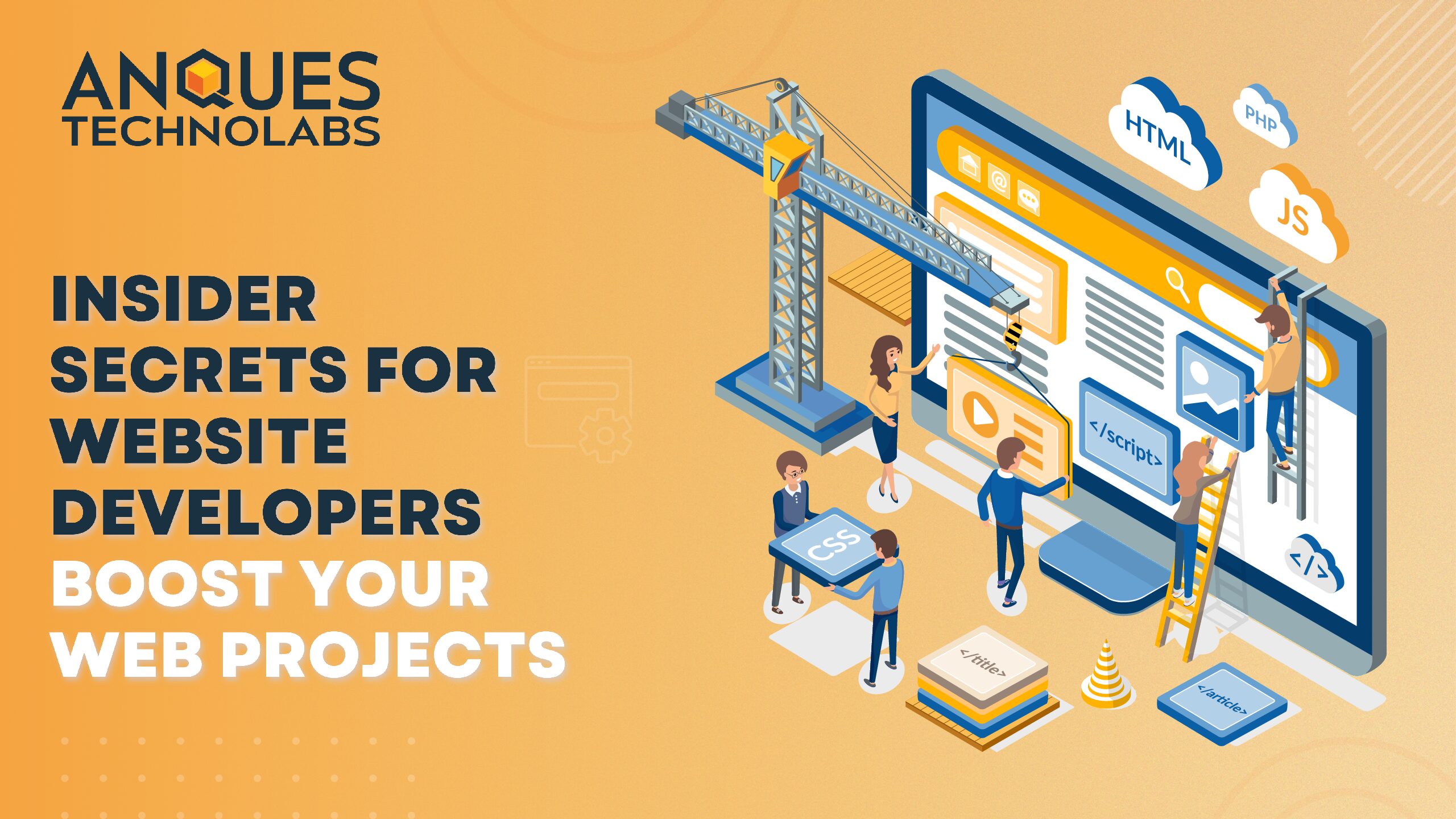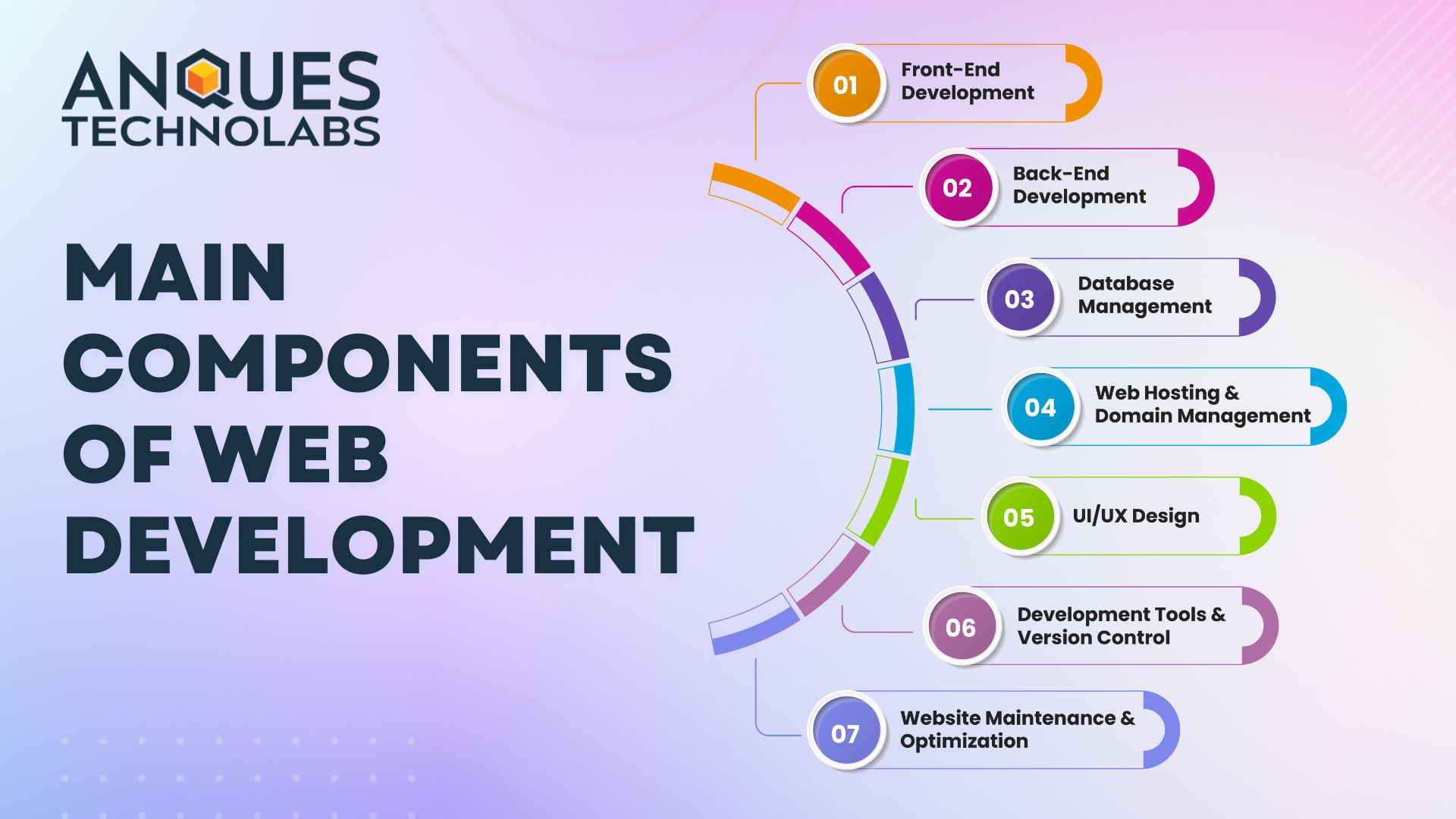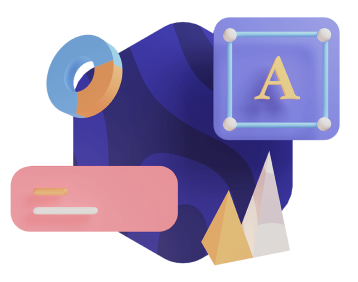The demand for mobile apps is increasing, With millions of apps easily available, understanding the app development journey is critical for anyone who wants to succeed in this competitive market. This article will guide you through the five phases of app development, providing a roadmap to follow for efficient and successful results.
Phase 1: Planning and Research
The first phase is very important. Planning and research lay the foundation for the entire project. Before jumping into design and coding, you need to define the purpose of your app, identify the target audience, and outline the core functionalities.
Start by conducting market research. Analyze competitors who are tackling similar problems. For instance, if you are developing an e-commerce app, look at popular e-commerce apps. For reference you check our app like Eight-to-Eight. Ask critical questions such as:
- What specific problem does your app solve?
- Who is your target user? For example, busy professionals may need a quick workout routine.
- What platforms will you cover? Consider that 65% of mobile apps are used on Android devices, compared to 30% on iOS.
A solid plan will help keep your project on track. Creating a timeline and a budget in this stage ensures you remain on course and within budget.
Phase 2: Design
Once your planning and research are solid, it’s time to focus on design. This phase emphasizes creating a user-centric experience. Wireframes and prototypes are vital tools in this process, helping you visualize user interactions with your app.
Consider the following crucial factors during your design phase:
- User Journey: Show how users will navigate the software, from launching it to accomplishing tasks.
- Visual Design: Select a colour palette that appeals to your target demographic. For example, a health app may utilise green to indicate vibrancy and wellness.
- Interactive Elements: Make buttons easy to find and click on. According to research, if an app’s navigation is complex, consumers may abandon it.
Tools such as Adobe XD and Figma enable you to generate interactive mockups, making it easier to receive feedback from potential consumers before development begins.
Phase 3: Development
This is where your thoughts become a reality. Development can be divided into front-end and back-end components.
- Front-End Development: This refers to anything the user sees and interacts with directly. Developers utilise languages such as Swift for iOS and Kotlin for Android to implement the features you designed.
- Back-End Development: This section provides support for front-end functions such as servers, databases, and application programming interfaces (APIs). The back end is critical for effective data management.
Development typically involves testing and iteration to ensure that the application works as expected. Frequent collaboration between designers and developers minimizes discrepancies between design intent and technical implementation.
Phase 4: Testing
After development comes the testing phase, where quality assurance takes center stage. This is necessary to identify bugs, usability issues, and performance bottlenecks.
There are numerous sorts of tests to consider:
- Functional testing: Checks whether the app’s features work as required.
- Usability testing: Evaluates how easy the app is to use and identifies issues.
- Performance testing: Tests how the app performs under heavy traffic or limited network conditions. For example, a user might expect a mobile app to load in three seconds; anything that takes longer may be abandoned.
Feedback from beta testers provides valuable insights. They can highlight issues you may not have considered.
Phase 5: App Deployment and Release
The launch period is thrilling, but it is only the start of your app’s career. Preparing for launch entails creating a strong marketing strategy. Optimise your app’s store listing using relevant keywords so that people may find it easily.
Once deployed, actively monitor user comments and app performance. Quickly address any reported issues, and plan future releases with user-requested enhancements.
For example, by collecting feedback periodically after launch, you can ensure that changes meet customer expectations. According to one survey, apps that have regular upgrades retain 50% more users than those that don’t.
Conclusion
Navigating the Mobile app development process can be difficult, but breaking it down into these five stages makes issues much easier. From planning and research to design, development, testing, and launch, each phase is integral to creating a successful app.
Focusing on each step helps you meet user needs and sets your app up for long-term success in a rapidly evolving market.
FAQ
1. How long does it take to develop an app?
The timeline varies on the app’s complexity, functionality, and platform. A simple app usually needs 3-6 months to develop, while an innovative app can take a year or more.
2. Is it possible to skip a phase of app development?
We don’t recommend that you skip any of the app development phases in your application design because doing so will distract the process, significantly reduce the quality of the final result, and raise user unhappiness.
3. How could I make sure my app succeeds once it has been launched?
Post-launch success is dependent on marketing, ongoing updates, user feedback, and tracking performance statistics to improve the app.
4. What are the 5 phases of app development?
App development includes working on mobile app strategy, design, programming, testing, app release, and continuing maintenance. However, specific requirements and complexity may differ depending on the nature of the program. Some steps in the app creation process might require further modifications to fit specific features or functionality.










